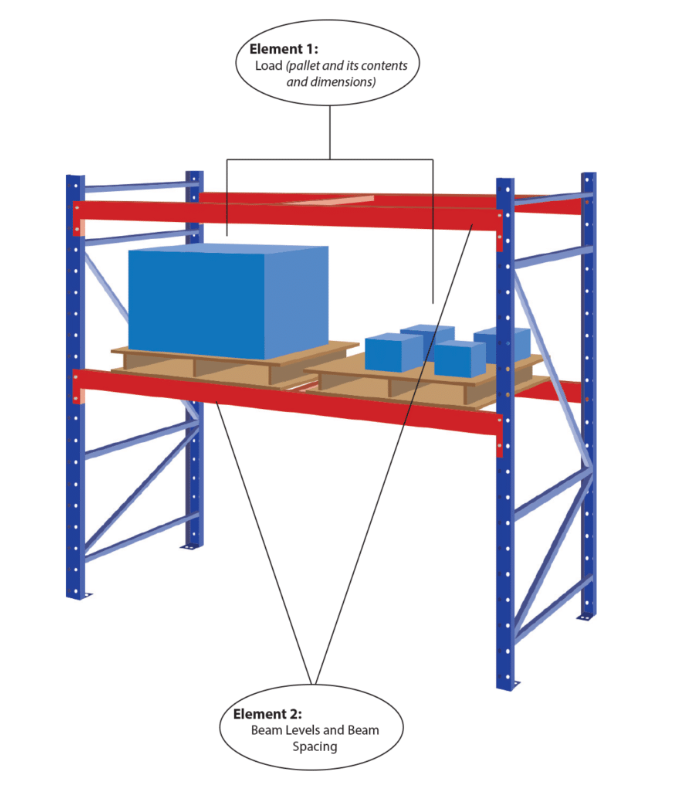Load Capacity Calculator
Load capacity calculators are essential for structural engineers, architects, and contractors to ensure the safe and efficient design of buildings, bridges, and other structures. These calculators consider various factors, including the structure’s weight, the materials used, and environmental factors, to determine the maximum load a structure can safely support. This comprehensive guide will explore the significance of load capacity calculators, the various types available, and the key factors they consider.
Understanding Load Capacity
Definition and Importance
Load capacity refers to the maximum weight a structure can safely support without compromising its integrity or stability. Accurately calculating load capacity is crucial to ensuring the safety of a structure and preventing structural failure, which can lead to property damage, injury, or even loss of life.
Types of Loads
Several types of loads can impact a structure:
1. Dead Load: The structure’s weight, including all the materials and components that make up the structure.
2. Live Load: The weight of occupants, furniture, and other temporary items within a structure. Live loads can vary over time and depend on the usage of the structure.
3. Environmental Loads: External forces impacting a structure, such as wind, snow, earthquakes, and temperature fluctuations.
Load Capacity Calculators
Structural engineers, architects, and contractors use a load capacity calculator to determine the maximum load a structure can safely support without compromising its integrity or stability. These calculators consider various factors, such as the structure’s weight, materials used, and environmental factors, to accurately assess a structure’s load-bearing capacity.
Load capacity calculators are available in different formats, including specialized software programs, online tools, and mobile apps. Accurate load capacity calculations are essential for ensuring the safety and longevity of structures, preventing structural failure, and adhering to building codes and standards.
Read More: Floor Area Calculator
Types of Calculators
Load capacity calculators are available in various forms, including:
1. Software Programs: Many specialized software programs allow users to input specific information about a structure and calculate load capacity. Some popular options include RISA-3D and STAAD.Pro, and ETABS. These programs can be tailored to suit different types of structures and materials.
2. Online Tools: Several websites offer free or subscription-based load capacity calculators. These tools can be helpful for quick calculations or preliminary design purposes. Examples include SkyCiv, Web Structural, and Engineering Express.
3. Mobile Apps: Load capacity calculators are also available as mobile apps for iOS and Android devices. These apps provide on-the-go access to load capacity calculations for professionals in the field.
Key Features of Load Capacity Calculators
Load capacity calculators can vary in their capabilities, but most share the following essential features:
1. Material Selection: Users can choose from various materials, including steel, concrete, wood, and masonry, to accurately model the structure.
2. Load Input: The calculator allows users to input dead, live, and environmental loads to evaluate the structure’s load capacity comprehensively.
3. Load Combinations: Load capacity calculators can generate various load combinations based on building codes and standards, such as the International Building Code (IBC) or Eurocodes, to determine the most critical loading scenarios.
4. Safety Factors: The calculator incorporates safety factors to account for uncertainties in material properties, construction quality, and other variables, ensuring a conservative estimate of load capacity.
5. Results: The calculator provides the maximum allowable load for the structure and highlights areas where the structure may be overstressed or fail under the applied loads. This information allows engineers and architects to make informed decisions about the design, material selection, and necessary reinforcements.
How to Use Load Capacity Calculators?
To use load capacity calculators, first select a suitable calculator (software, online tool, or mobile app). Input the structure’s dimensions, materials, and material properties. Enter dead, live, and environmental loads. Ensure adherence to local building codes and standards. Review and interpret the results to make informed design decisions.
Learn More: Wind Load Calculator
Factors to Consider When Using a Load Capacity Calculator
Building Codes and Standards
When using a load capacity calculator, it is essential to ensure that the calculations adhere to local building codes and standards. These codes and standards dictate specific guidelines and requirements for structural design, load combinations, and safety factors.

Material Properties
Material properties, such as strength, stiffness, and density, significantly impact a structure’s load capacity. Accurate material data is crucial for reliable load capacity calculations. Material properties can be obtained from manufacturer data sheets or engineering reference books.

Construction Quality
Load capacity calculations assume ideal construction quality. However, real-world construction may introduce flaws or discrepancies that impact a structure’s performance. It is crucial to account for potential variations in construction quality when determining the load capacity of a structure.
Maintenance and Longevity
Structures can experience changes in their load capacity over time due to material degradation, corrosion, or other factors. Regular inspections and maintenance are essential to ensure a structure continues to perform as intended.
Conclusion
Load capacity calculators are invaluable tools for structural engineers, architects, and contractors in Central Coast for ensuring the safety and stability of various structures. By understanding the different types of load capacity calculators and considering the essential factors that contribute to accurate calculations, professionals can make informed decisions about their designs, material selections, and reinforcements. In doing so, they can create structures that are not only visually impressive but also safe and structurally sound for years to come.
FAQs
How do I choose the correct load capacity calculator for my needs?
When choosing a load capacity calculator, consider factors such as ease of use, the type of structure you are working on, the materials involved, and your budget. Ensure the calculator is compatible with your project’s building codes and standards.
How can I ensure the accuracy of my load capacity calculations?
Ensure accurate load capacity calculations and correct input information regarding the structure’s materials, dimensions, and loads. Finally, consult with experienced professionals to verify your calculations.
How do load capacity calculators account for environmental loads?
Load capacity calculators consider environmental loads, such as wind, snow, earthquakes, and temperature fluctuations, by allowing users to input these factors. The calculator then determines the impact of these loads on the structure’s overall load capacity.

